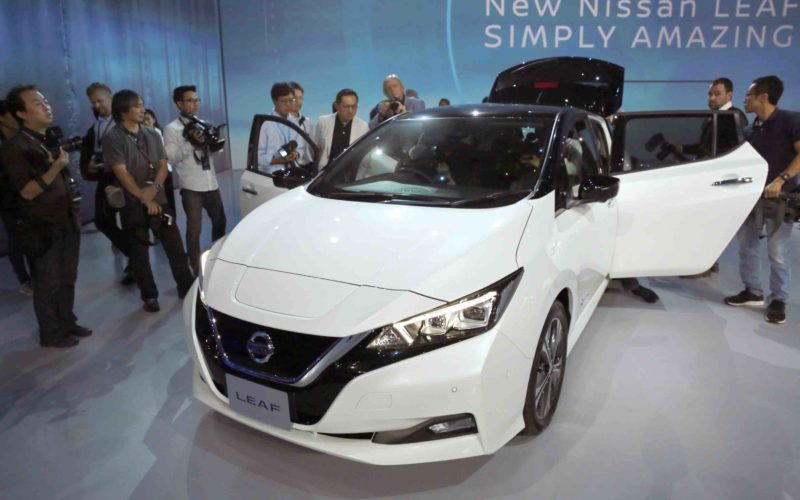Every little bit helps save the environment
AMANDA BANCROFT
Making Ripples
There’s always more to do. When applied to one’s work, this sentence can overwhelm the well-intentioned. But in the practice of sustainable living, it should inspire and equalize us.
If we can’t afford a sustainable product or change the house we live in, there’s always another way to reduce our impact on the environment. That person with the electric car isn’t better than you, he just has a thing you don’t have — and you both have further to go toward sustainable living, because the path is endless. We’re all at different places on the journey.
Hopefully, the limitless nature of the journey is more encouraging than discouraging. Sure, you’ll never get to “the end,” wherever that utopia is. Nobody can say they don’t have anything more to improve about their lifestyle. But this vast selection means that if one thing doesn’t fit you, there are like a million other options. Pick one that seems doable, and go for it. If it doesn’t work out, try, try again or go with something different.
Anything worth doing is worth trying to do repeatedly. Some people stop at recycling and say they’ve done “enough,” whatever that means for the planet’s children. Others refuse even to reduce their refuse. A determined minority go all the way a little too quickly and then drop the whole idea of living lightly on the planet because they had a bad year of failures. So to heck with it all, they say.
We all have those days when it’s clear we are just primates supposed to be hanging out in trees eating fruit, not working like cogs in a machine that runs the world (or thinks it does). Yet the oddity of our predicament as a species really doesn’t excuse the harm we’re doing to others and the earth. Particularly when there are so many little things that can be done to reduce that harm: buy organic or local, turn off the water while brushing teeth, recycle, bike or carpool to work, don’t litter, bring a reusable thermos or water bottle, pet a duckling (just kidding but you get the idea).
Even the people who seem to have done it all — you know, the ones with the reusable grocery bags, off-grid house, babies wearing cloth diapers, the works! — even these people have more to do, and they’re probably aware of it. They’re probably not congratulating themselves on how awesome they are (possibly because they don’t have time to do that). Most likely, they are planning their next move. Why go further when you’ve gone so far? Because reducing harm is a no-brainer. It’s the right thing to do.
Ever since humans gained a moral compass, some (probably most) of us have been trying to make this and that better and better: more convenient, efficient, healthy, cheaper, sustainable. We’ll probably always create improvements as long as humans exist, and that means sustainable living isn’t about perfection. It can’t be. There’s always more to do.
Amanda Bancroft is a writer, artist, and naturalist living in an off-grid tiny house on Kessler Mountain. She and her husband Ryan blog about their adventures and offer tips to those wanting to make a difference at www.RipplesBlog.org.










